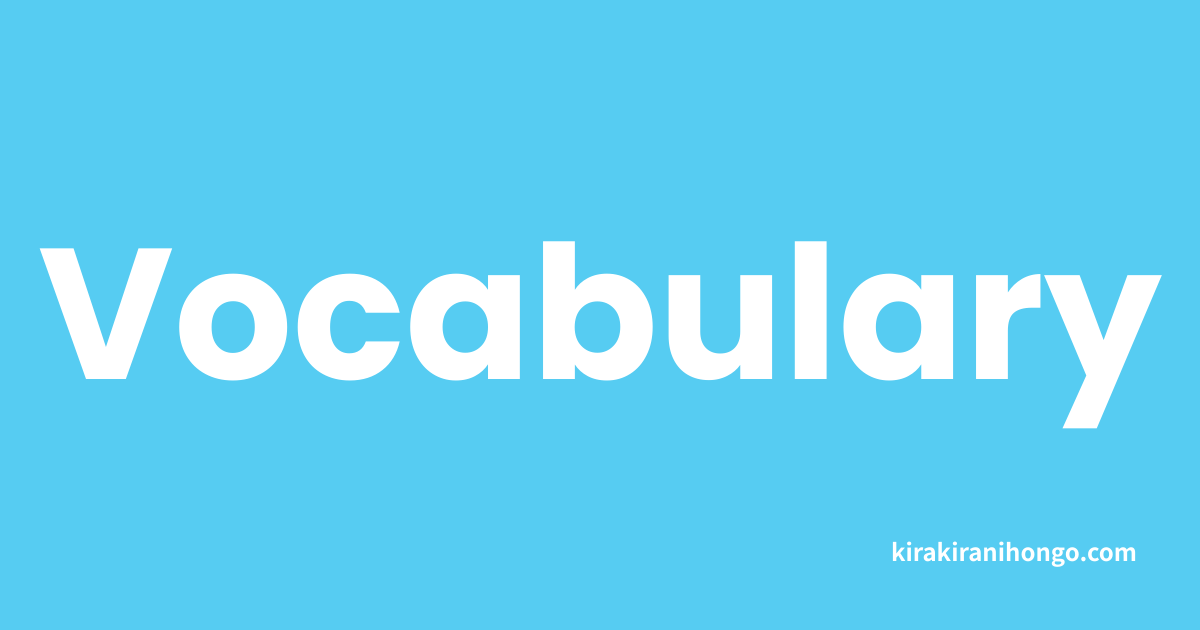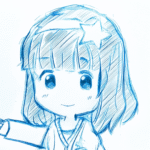Your First Japanese Adjectives: 10 Essential Words to Describe Your World

Welcome back, language learner! You’ve learned your first 10 nouns, and now it’s time to learn how to describe them. That’s where adjectives come in!
Adjectives are words like “big,” “small,” “beautiful,” or “new.” They add color and detail to your sentences, making your Japanese sound much more natural and expressive.
In this lesson, we’ll introduce the 10 most essential adjectives for beginners. We’ll also touch on a very important point: the two types of Japanese adjectives (“i-adjectives” and “na-adjectives”). Don’t worry, it’s simple!
Let’s start adding some color to your Japanese!
Two Types of Adjectives!
- i-adjectives (い形容詞): These words end with the Hiragana character
い(i). (e.g., ōkii) - na-adjectives (な形容詞): These words don’t end with
い(i). To use them before a noun, you addな(na). (e.g., kirei na hana – a beautiful flower) We’ll label each word so you can see the difference!
1. 大きい (おおきい)
- Romaji: ōkii
- Meaning: big, large
- Type: i-adjective
- Example: これは おおきい いえ です。(Kore wa ōkii ie desu.) – This is a big house.
- ✨ Kira Kira Point: The opposite is
小さい(chiisai). Remembering words in pairs is a great way to learn faster!
2. 小さい (ちいさい)
- Romaji: chiisai
- Meaning: small, little
- Type: i-adjective
- Example: ちいさい ねこは かわいい です。(Chiisai neko wa kawaii desu.) – Small cats are cute.
- ✨ Kira Kira Point: Notice the little
いat the end? That’s your clue that it’s an i-adjective!
3. 新しい (あたらしい)
- Romaji: atarashii
- Meaning: new
- Type: i-adjective
- Example: あたらしい ほんを かいます。(Atarashii hon o kaimasu.) – I will buy a new book.
- ✨ Kira Kira Point: In Japan, the new school year and business year start in April, a time filled with new things and new beginnings, often marked by the blooming of
sakura.
4. 古い (ふるい)
- Romaji: furui
- Meaning: old
- Type: i-adjective
- Example: この でんしゃは ふるい です。(Kono densha wa furui desu.) – This train is old.
- ✨ Kira Kira Point: Be careful! You can use
furuifor things, but it’s impolite to use it for people. To say an “old person,” you would use a different phrase.
5. 良い (いい / よい)
- Romaji: ii / yoi
- Meaning: good
- Type: i-adjective
- Example: いい てんき ですね。(Ii tenki desu ne.) – It’s good weather, isn’t it?
- ✨ Kira Kira Point: This is a special one! In the present tense, we usually say
ii, but when we change its form (like to the past tense), we use theyoiversion. For example, “it was good” isyokatta.
6. 悪い (わるい)
- Romaji: warui
- Meaning: bad
- Type: i-adjective
- Example: わたしは あたまが わるい です。(Watashi wa atama ga warui desu.) – I have a headache. (Literally: My head is bad.)
- ✨ Kira Kira Point: When you bump into someone, you can say “warui warui” as a very casual “my bad!” to your friends.
7. 可愛い (かわいい)
- Romaji: kawaii
- Meaning: cute
- Type: i-adjective
- Example: この いぬは かわいい! (Kono inu wa kawaii!) – This dog is cute!
- ✨ Kira Kira Point: “Kawaii” is a massive part of modern Japanese culture, influencing everything from fashion and food to company mascots!
8. 綺麗 (きれい)
- Romaji: kirei
- Meaning: beautiful; clean
- Type: na-adjective
- Example: きれいな さくらですね。(Kirei na sakura desu ne.) – They are beautiful cherry blossoms, aren’t they?
- ✨ Kira Kira Point: Notice that
kireiends inいbut it’s a na-adjective! This is a common exception. It can mean both “beautiful” (like a person or scenery) and “clean” (like a room).
9. 元気 (げんき)
- Romaji: genki
- Meaning: energetic, healthy, lively
- Type: na-adjective
- Example: わたしは げんき です。(Watashi wa genki desu.) – I am fine / I am energetic.
- ✨ Kira Kira Point: The phrase “O-genki desu ka?” (お元気ですか?) is the classic “How are you?” in Japanese. Now you know the meaning of the core word!
10. 静か (しずか)
- Romaji: shizuka
- Meaning: quiet
- Type: na-adjective
- Example: しずかな いえが すきです。(Shizuka na ie ga suki desu.) – I like quiet houses.
- ✨ Kira Kira Point: The value of quietness and peace is important in Japanese culture, from tranquil temples and gardens to the quiet efficiency of the
densha.
Conclusion: You Can Now Describe Things!
Fantastic work! By learning these 10 adjectives, you’ve unlocked a whole new level of expression. You can now say more than just “This is a cat.” You can say, “This is a small, cute cat”!
Practice using these adjectives with the nouns you learned in our last lesson. The more you mix and match, the faster you’ll improve.
Keep up the amazing work!
